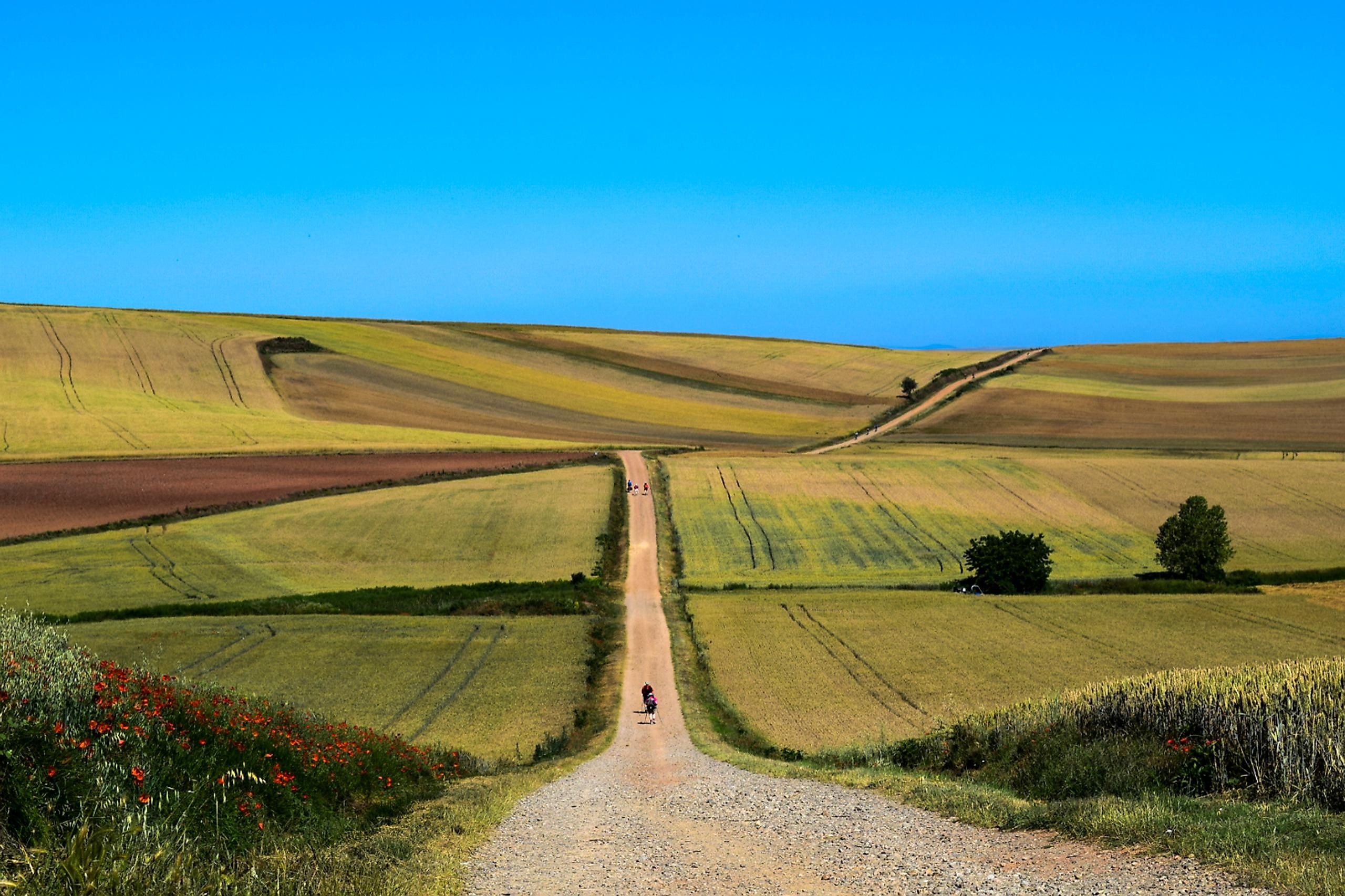Exploring Sacred Sites: Pilgrimages and Spiritual Journeys
In a world filled with ancient wonders and mystical places, few experiences rival the profound impact of visiting sacred sites on a pilgrimage or spiritual journey. Whether driven by religious devotion, a personal quest for enlightenment, or simply a deep reverence for history and culture, pilgrimages have transcended time and continue to draw seekers from all corners of the globe. Join me on a journey as we explore the essence of exploring sacred sites, uncovering their significance, and discovering why these journeys hold such enduring allure.
Defining Sacred Sites and Pilgrimages
At its core, a sacred site is more than just a physical location; it is a place imbued with spiritual significance, revered by believers and seekers alike. These sites range from natural wonders like Mount Kailash in Tibet to man-made marvels such as the temples of Angkor Wat in Cambodia. Pilgrimages, on the other hand, are intentional journeys undertaken to these sacred sites, often motivated by faith, spiritual growth, or a desire for inner transformation.
Key Aspects of Pilgrimages
1. Spiritual Quest:
Pilgrimages are deeply rooted in spirituality, offering participants a chance to deepen their connection with the divine or their inner selves. For example, the Camino de Santiago in Spain attracts thousands annually seeking spiritual renewal through its ancient pathways.
2. Cultural Heritage:
Many sacred sites are repositories of cultural heritage, preserving traditions, rituals, and stories passed down through generations. The pyramids of Giza in Egypt or the temples of Kyoto, Japan, offer windows into rich histories and belief systems.
3. Community and Fellowship:
Pilgrimages often foster community among participants, who share a common purpose and journey. This communal aspect enhances the pilgrimage experience, creating bonds that transcend cultural and linguistic barriers.
4. Physical and Emotional Challenge:
Journeys to sacred sites can be physically demanding, requiring endurance and resilience. Climbing Mount Sinai in Egypt or trekking to Machu Picchu in Peru tests physical limits and encourages introspection and personal growth.
Relevance in Modern Times
In our fast-paced, interconnected world, the allure of sacred sites and pilgrimages persists, offering respite from the everyday and a chance for introspection. These journeys provide a counterbalance to digital overload, inviting participants to unplug and reconnect with nature, spirituality, and themselves. For example, the Hajj pilgrimage to Mecca remains a powerful symbol of unity and devotion for millions of Muslims worldwide.
Insights and Anecdotes
Imagine standing before the majestic stone circles of Stonehenge, feeling the weight of centuries-old mysteries and marvelling at the ingenuity of ancient civilizations. Or walking the labyrinthine paths of Varanasi, India, where the Ganges River flows, witnessing a continuous cycle of life, death, and rebirth.
One anecdote that captures the essence of pilgrimage is the journey to Lourdes, France, where pilgrims seek healing and solace at the site where Bernadette Soubirous reported visions of the Virgin Mary in 1858. The waters of Lourdes are believed to possess miraculous healing properties, drawing believers seeking spiritual and physical renewal.
Conclusion
Exploring sacred sites through pilgrimages is more than a physical journey; it is a profound exploration of faith, culture, and humanity's enduring quest for meaning. Whether you embark on a pilgrimage to Jerusalem's Western Wall, Japan's Mount Fuji, or Peru's Nazca Lines, each journey offers a chance to connect with something larger than oneself. As you contemplate the ancient stones and whispering winds of these sacred places, may you find inspiration, peace, and a deeper understanding of the world's diverse spiritual traditions.



:max_bytes(150000):strip_icc()/GettyImages-530105220-5c337bae46e0fb00012fcdfb.jpg)

:max_bytes(150000):strip_icc()/GettyImages-183367415-ed647fde3ab248f3a7bd858bac06480d.jpg)

Comments
Post a Comment